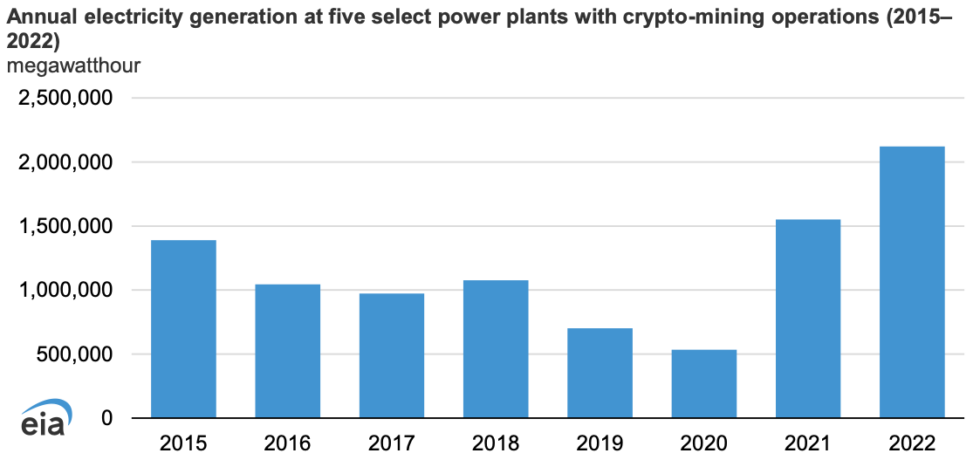An extinct volcano in Arkansas hosts the only public diamond mine on Earth
The park provides two covered pavilions with water troughs and tables for wet sifting, plus open sluice boxes with hand-operated water pumps at both ends of the field. Four shaded structures are available in the search area; however, visitors are also welcome to bring their own canopies or tents, provided they are well-secured.
The diamonds formed under extreme pressure and heat deep in the Earth’s mantle. If you find one, it will most likely look like a metallic or glassy pebble rather than a sparkly cut gem that you might picture in your mind. The volcanic soil also contains amethyst, garnet, jasper, agate, and various types of quartz (and you can keep those, too).
The largest diamond found in the United States came from this field—the 40.23-carat Uncle Sam diamond, discovered in 1924 before the land became a state park. In September 2021, California visitor Noreen Wredberg found a 4.38-carat yellow diamond after searching for two hours, and in 2024, a visitor named Julien Navas found a 7.46-carat diamond at the park.
The park received over 180,000 visitors in 2017, who found 450 certified diamonds of various colors. Of the reported diamond finds, 299 were white, 72 were brown, and 74 were yellow.
Park staff told Mays that visitors find one or two diamonds daily, so “keep your expectations in check,” she writes. Most diamonds discovered are about the size of a paper match head, while a one-carat diamond is roughly the size of a green pea. But even tiny diamonds carry the thrill of discovery. Park staff provide free identification services, examining finds under loupes and confirming whether that glassy pebble is quartz or something more valuable.
A family experience
For those wanting to join the thousands who visit each year, the park makes it affordable. Admission costs $15 for adults, $7 for children ages 6–12. You can camp overnight at the park and return to the field at dawn. During summer months, the park operates a small water park—an acknowledgment that diamond hunting in Arkansas can be brutal, with a heat index exceeding 110° Fahrenheit.
Sometimes rain turns the field into mud, which experienced searchers prefer because it makes diamonds easier to spot—but it can make for a messy adventure. As Mays put it, “Most visitors leave with a handful of interesting rocks, some newfound knowledge, and an urgent need for a long shower.”
If you don’t find any diamonds at the park, don’t despair—you could still potentially buy a $200,000 diamond-making machine on Alibaba.
An extinct volcano in Arkansas hosts the only public diamond mine on Earth Read More »



